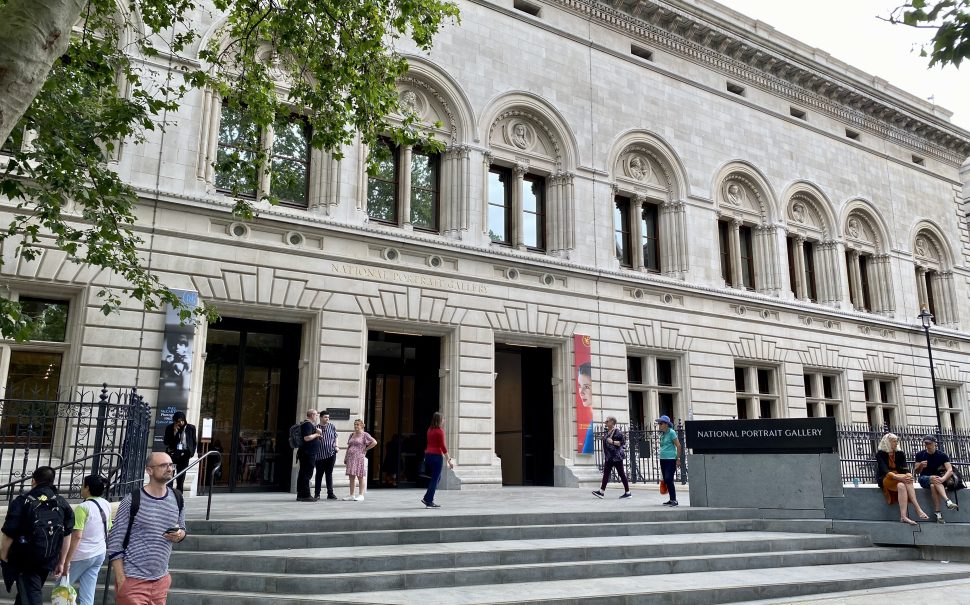In a new digital age, the National Portrait Gallery highlights the magic of female photographers of the past in a new exhibition.
The exhibition, Portraits to Dream In, features the works of Julia Margaret Cameron and Francesca Woodman.
Photographers working in different corners of the globe a century apart, Cameron and Woodman both explored imaginative portraiture and consequently, gave viewers spaces to think in, and more importantly, dream in.
The exhibition, which ran from 21 March until 16 June not only explores how the two artists examined metamorphosis through portrait photography but also highlights the power of the female gaze through the camera lens.
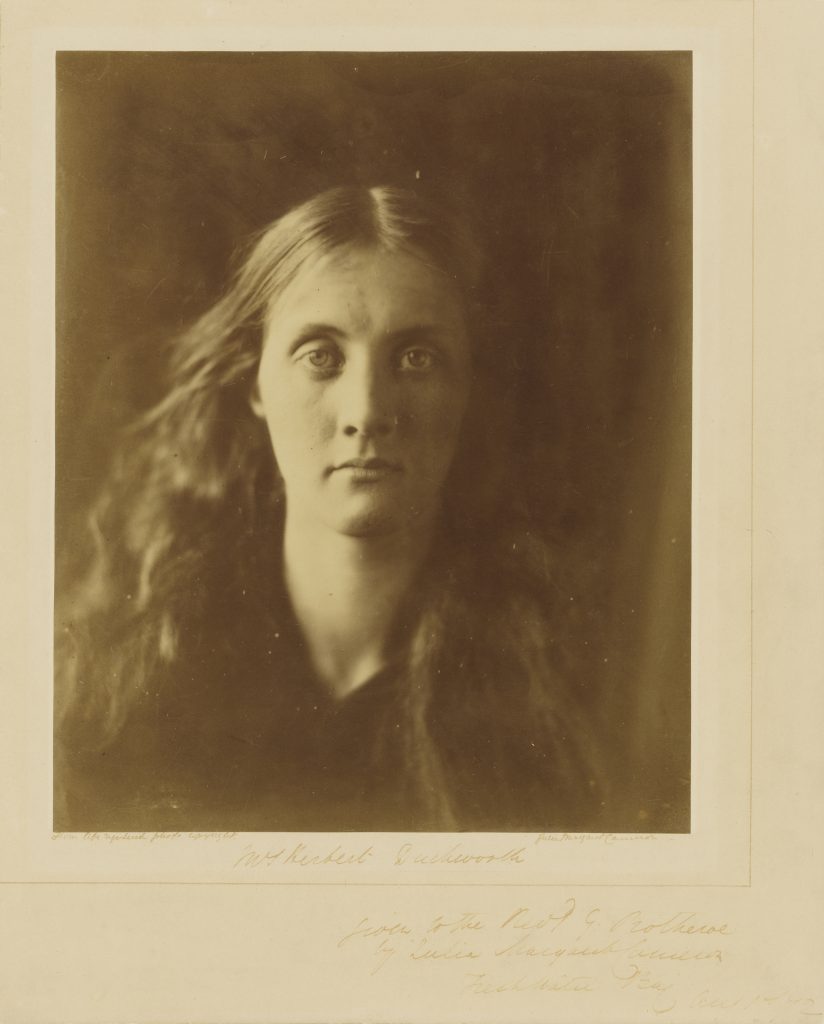
© National Portrait Gallery, London
Assistant curator Georgia Atienza said: “The title alludes to their shared interest in portraiture as a means of imaginative experimentation and transformation.
“It comes from an observation made by Woodman that photography could be ‘a place for the viewer to dream in’.
“We hope the exhibition poses questions of how we might think in new ways about relationships between 19th and 20th-century photographic practice and what a portrait is and can be.”
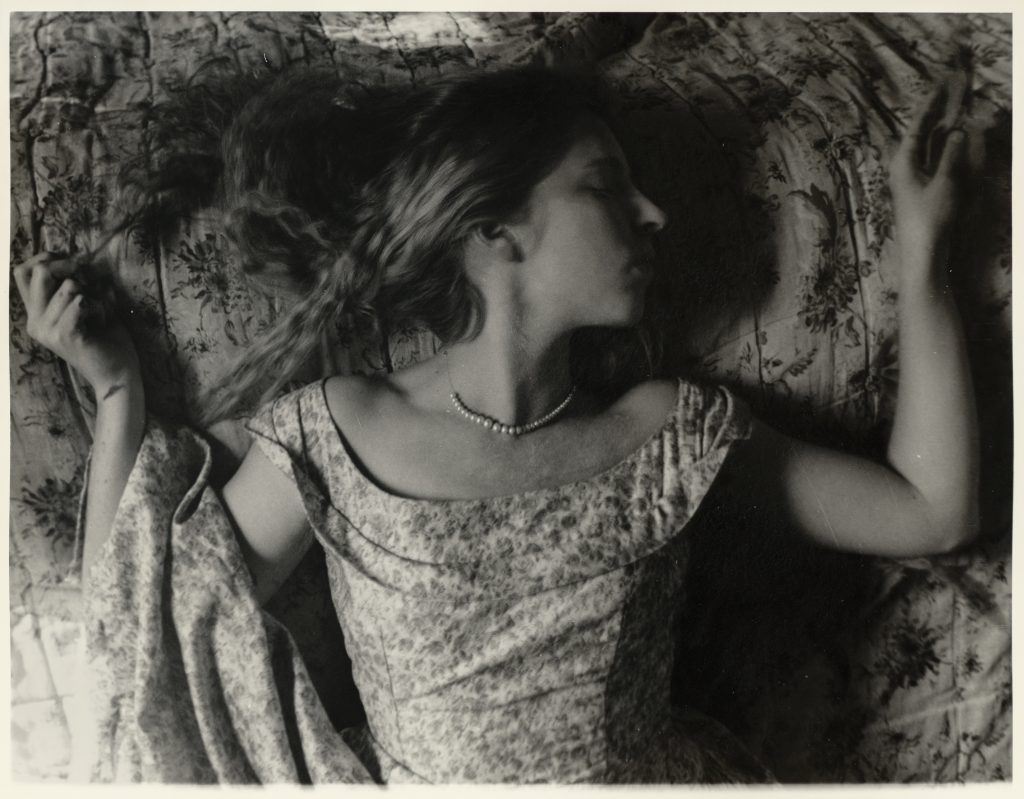
Cameron (1815-1879), a British photographer who worked in the Isle of Wight and Sri Lanka during the mid-1860s, began her photography career at 48 after receiving a camera as a gift.
Known for her evocative portraits of Victorian sitters, often incorporating references to Arthurian legend, Greek and Roman mythology, Christianity, and literature, Cameron is one of the most well-known self-taught photographers of the 19th century.
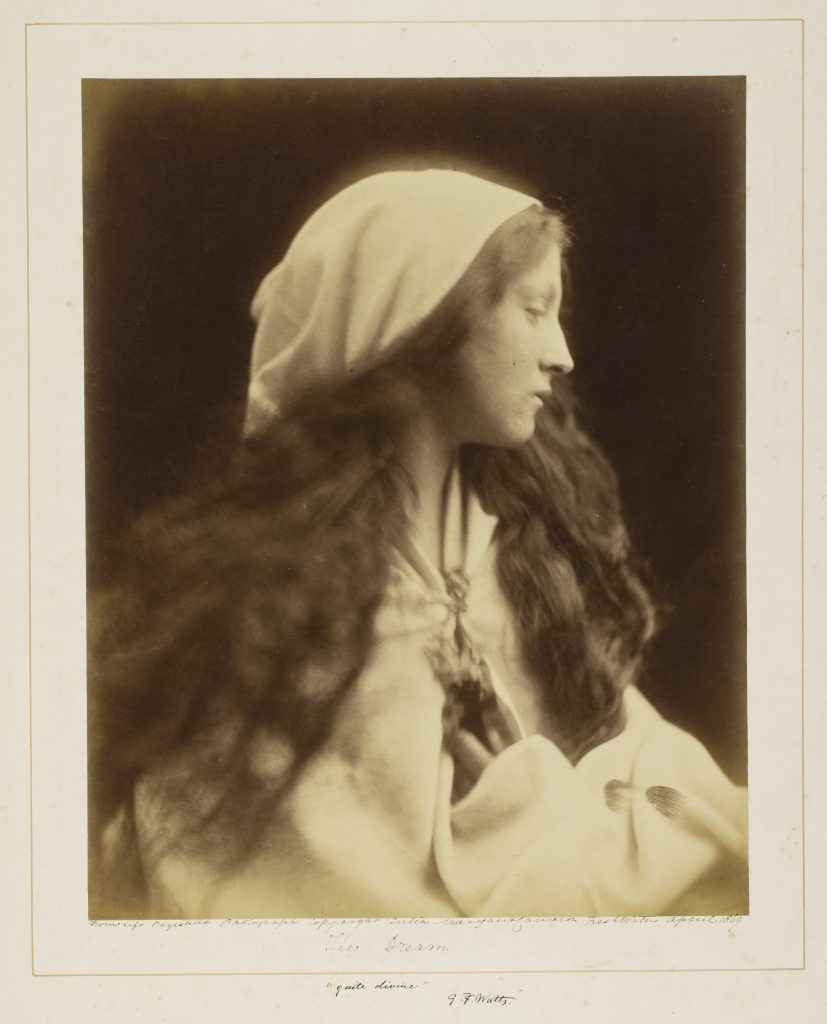
Woodman (1958-1981), a 20th-century American photographer and graduate of Rhode Island School of Design, began her journey with photography and portraiture as a teenager, working primarily in various parts of the US and Italy.
Renowned for her black and white photographs of women, including herself, often blurry and unclothed, Woodman is known for exploring age and identity through abstract angles, references to angels, and blurry effects.
Despite her short lifetime and eight-year career, Woodman produced more than 800 photographs.
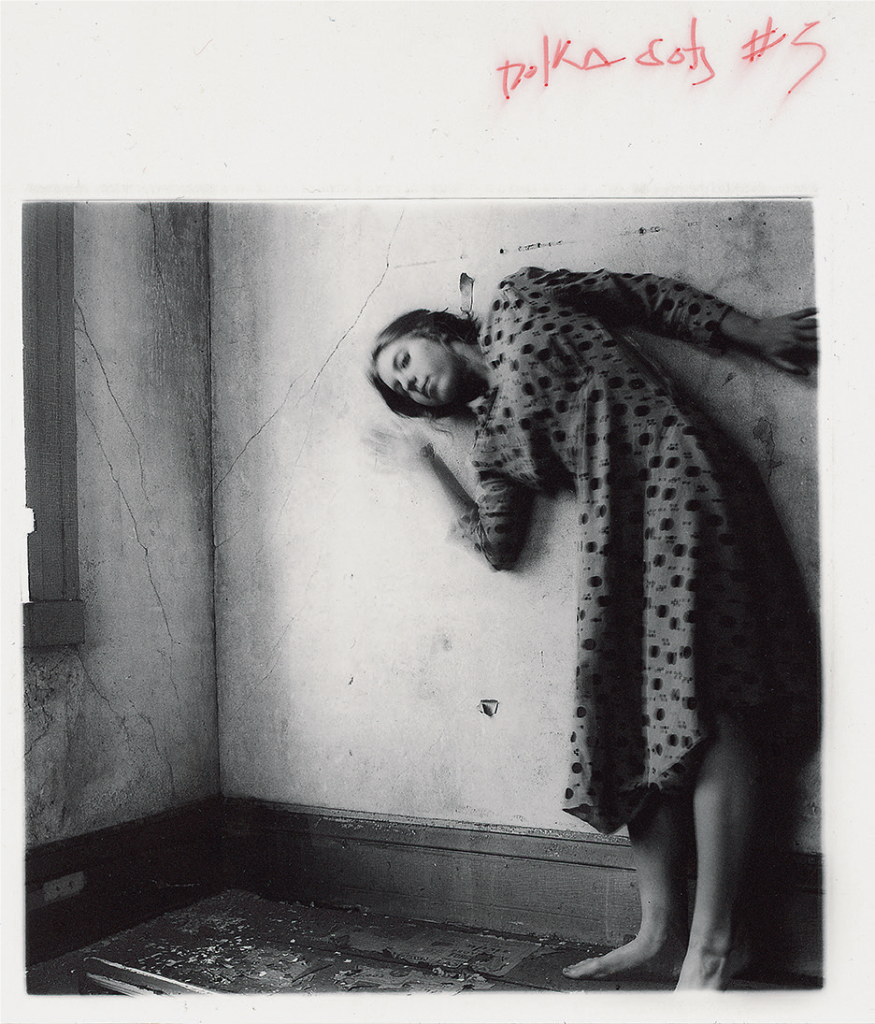
While Cameron spent a great deal of time on costume and posing, then creating prints from glass plate negatives, Woodman often had her subjects half-clothed or in the nude, and produced her pictures with gelatin prints in a dark room.
On pairing the two photographers together, Atienza said: “Both have had an incredible impact in the history of photography and yet they worked for a relatively short period of time.
“It is about a conversation and visual exploration, about similarities but also points of departure.
“These include approaches to staging photographs, the use of props, the way the figure relates to space and architecture, and the use of expressive gesture.”
The exhibition centers on themes including identity, gender, nature, mythology, and femininity.
Bringing viewers on an adventure through Cameron’s intricately staged allusions to past stories and Woodman’s intimate snapshots of her life, Portraits to Dream In leaves viewers in a perpetual state of awe.
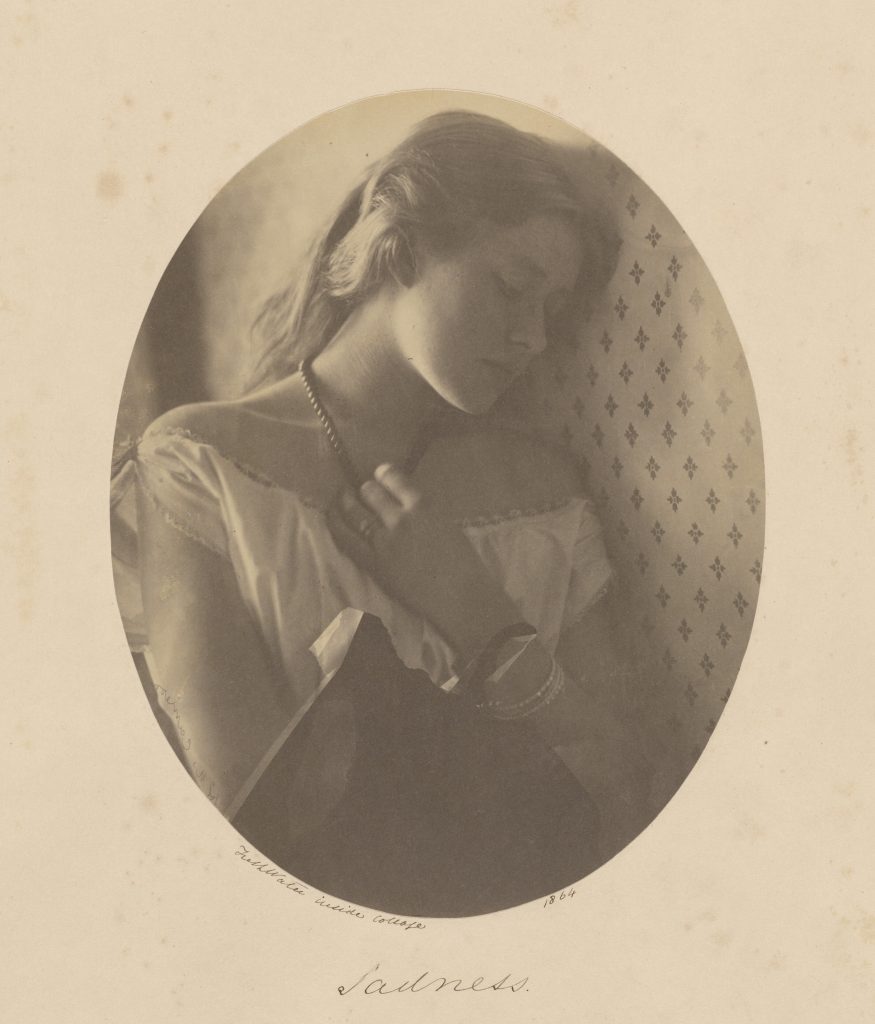
Atienza said: “It is a privilege to care for these beautiful photographs for future generations but also to be able to share them with the wider public.
“The work of these two photographers continues to inspire audiences, particularly young people.
“Francesca Woodman’s work is compelling, direct, and deeply human, and to be able to share all with a wide and diverse audience is a privilege, but also our mission as a National museum.”
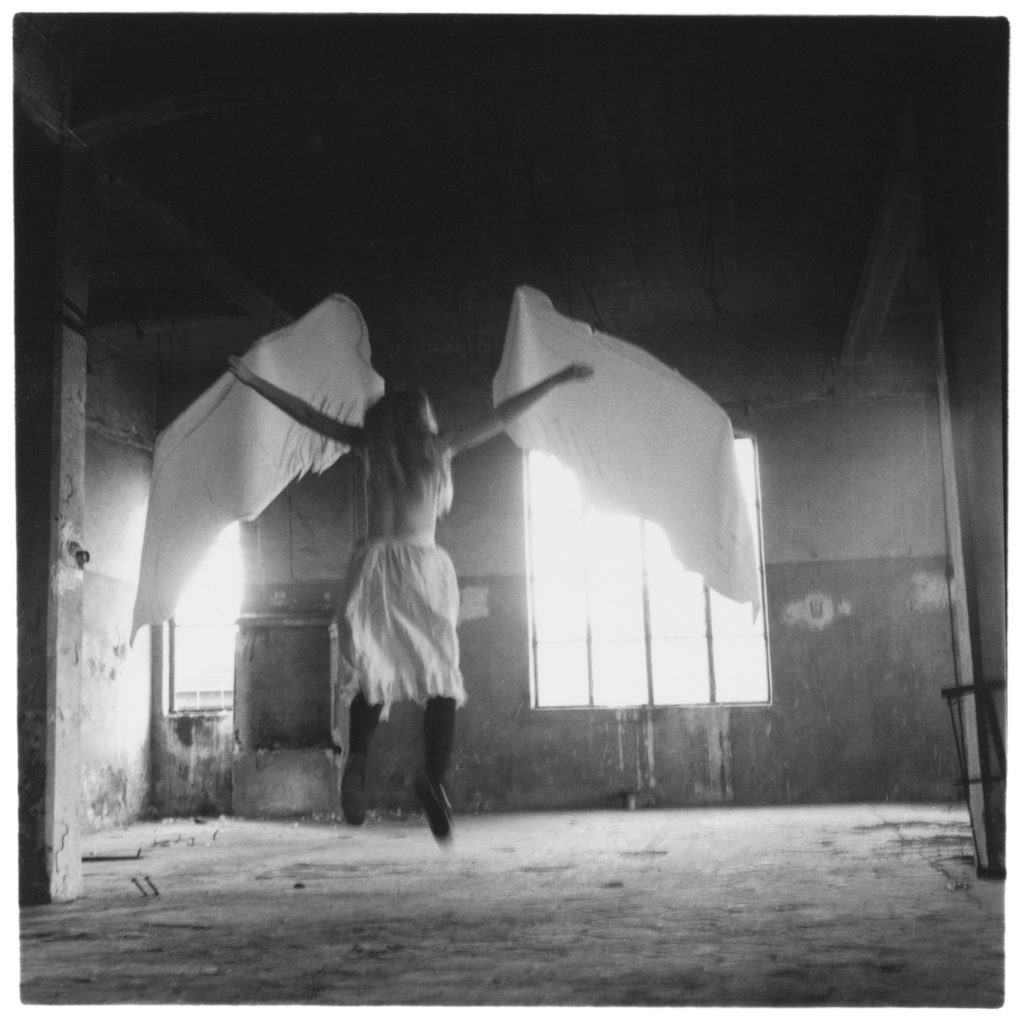
© Woodman Family Foundation/ DACS, London
In an age where everyone has cameras readily accessible in their pockets, although the nature of portrait photography has changed, it still plays a large role in exploring identity and marking changing cultures and histories.
While early portrait photography in the 1830s was once an elite activity highlighting one’s high social standing according to the National Trust, nowadays, it is an art accessible by a wide range of people, telling the varied stories of people’s lives in different circumstances.
Portraits to Dream In not only showcases Cameron’s and Woodman’s unique abilities to transform their muses but allows viewers to escape the modern age and exist in their everlasting dreamscapes.
The National Portrait Gallery exhibition Francesca Woodman and Julia Margaret Cameron: Portraits to Dream In was open from 21 March to 16 June.
Feature image credit: No Swan So Fine, Wikimedia Commons under CC BY-SA 4.0 licence
